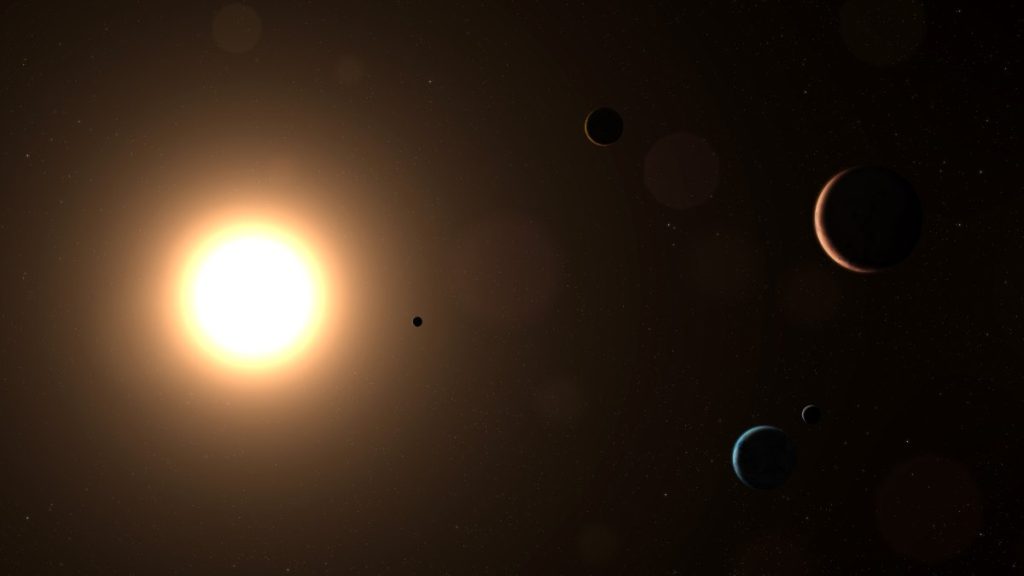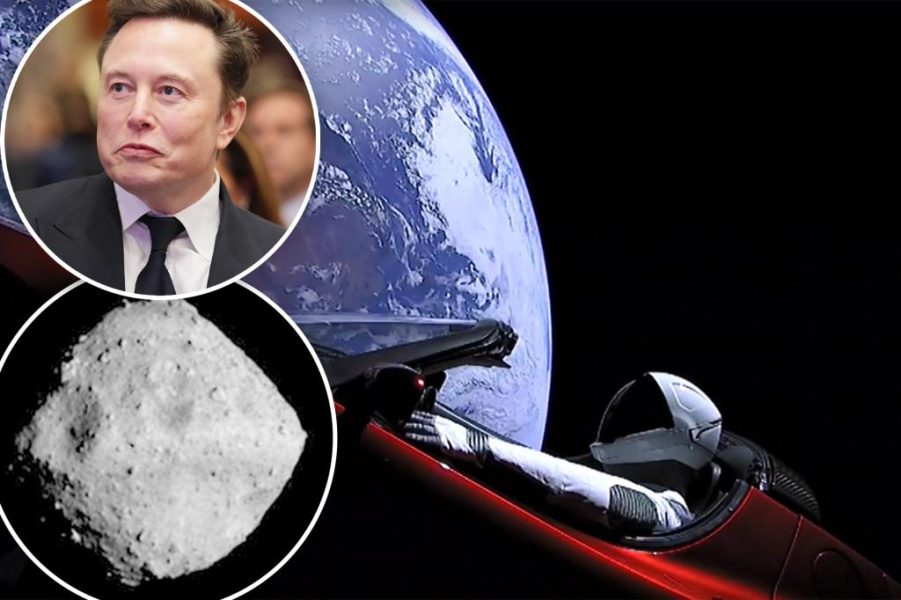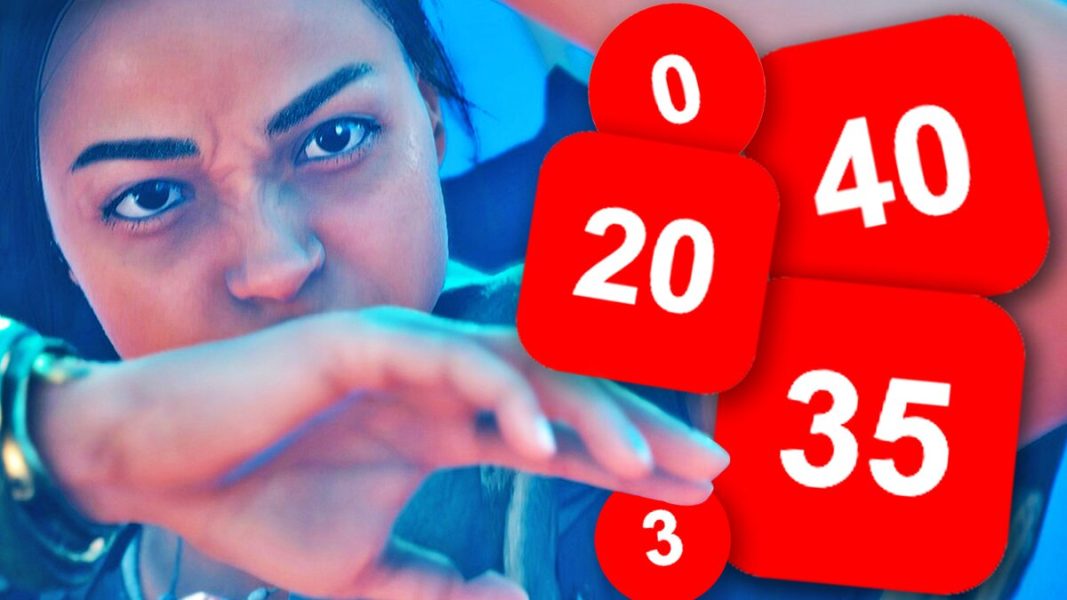January planet parade: When to look up and why this month’s alignment is special – NBC Chicago

Stargazers who haven’t had a chance to check out this month’s planet parade will want to look up soon because there’s something about the January event that is particularly special. But it might not be what you’ve seen on social media. 📺 24/7 Chicago news stream: Watch NBC 5 free wherever you areHere’s what to know: According to Hunter Miller, an astronomy educator with the Adler Planetarium, a planetary parade is “a visual phenomenon where you are able to see many of the Solar System’s planets in the sky at the same time.”These planetary hangouts happen when several planets appear to align in the night sky at once.“They’re not in a straight line, but they’re pretty close together on one side of the sun,” said Hannah Sparkes, planetarium supervisor at the Bishop Museum of Science and Nature in Florida.Venus, Mars, Jupiter and Saturn are visible to the naked eye in January and for part of February. Uranus and Neptune can be spotted too, but only by using binoculars and telescopes.”Venus will outshine all the stars in the sky spotted in the West after sunset setting towards the horizon and find Saturn nearby,” Hunter Miller, an astronomy educator with the Adler Planetarium said. “Jupiter will be nearly as bright as Venus rising high in the southern sky as the night progresses.”Dusty red Mars can be located rising from the eastern horizon, Miller said. A faint Mercury is set to join the parade as a bonus seventh planet at the end of February, and the planets will slowly make their exit through the spring. “In the first couple of hours after dark, you’ll find Venus and Saturn in the southwest, Jupiter high overhead, and Mars in the east,” NASA reported. The best times for viewing the parade are in mid-January, in the afternoon hours between 5:30 p.m. and 7 p.m., Miller said. “The optimal timing and location of the planets in the sky will vary slightly throughout the month, so I recommend utilizing a sky observing app like Stellarium to know exactly where to look from your location at any given time,” Miller told NBC Chicago. Any clear, cloudless night this month is ideal to spot the planets. To get in on the sighting, go outside on a clear night a few hours after sunset and face south, said Kevin Williams, planetarium director at Buffalo State University.Venus and Saturn will glow in the southwestern sky, with Jupiter in the southern sky and Mars in the southeast or east. The planets will shine brighter than the stars, and Mars will look like a reddish-orange dot.According to Miller, it’s important to note that planets appear similar to stars to the naked eye. “You won’t see a large disc of a planet with just your eyes, but rather just a point of light,” Miller said. So how can you tell the difference between a star and a planet? Beyond certain colors, the planets will also have a unique brightness. “Planets look more like a steady light, while stars often twinkle because their light is affected by Earth’s atmosphere,” John Conafay, CEO of Integrate Space, told TODAY.com.He also noted that while stars stay in a fixed pattern with each other, planets will move, relative to the stars. Chances are, you might have seen a lot of social media videos describing this planet parade as “once-in-a-lifetime” or claiming the planets will all be in a line on one side of the sun, particularly on an arbitrary date of Jan. 25. According to experts, however, that won’t be the case. The astronomical linkup is fairly common and can happen at least every year depending on the number of planets. But there are still some facts about this parade that make it stand out. According to Astronomer Dean Regas, the planet parade of 2025 will be special for a couple of reasons. Those reasons, which he wrote in the Farmers Almanac, include: “Planets always appear along a line in the sky, so the ‘alignment’ isn’t special. What’s less common is seeing four or five bright planets at once, which doesn’t happen every year,” NASA said. A similar parade took place last June, but only two planets could be seen without any special equipment.So why the Jan. 25 date? Experts have not had a clear consensus on why the date was used in multiple videos on social media, but January 2025 still does mark a stunning viewing experience. “No, there won’t be a planetary alignment with everything neatly stacked on one side of the sun. But there will be lots of planets for observing in the nighttime sky! Not just on January 25 but throughout January and early February,” EarthSky reported.






